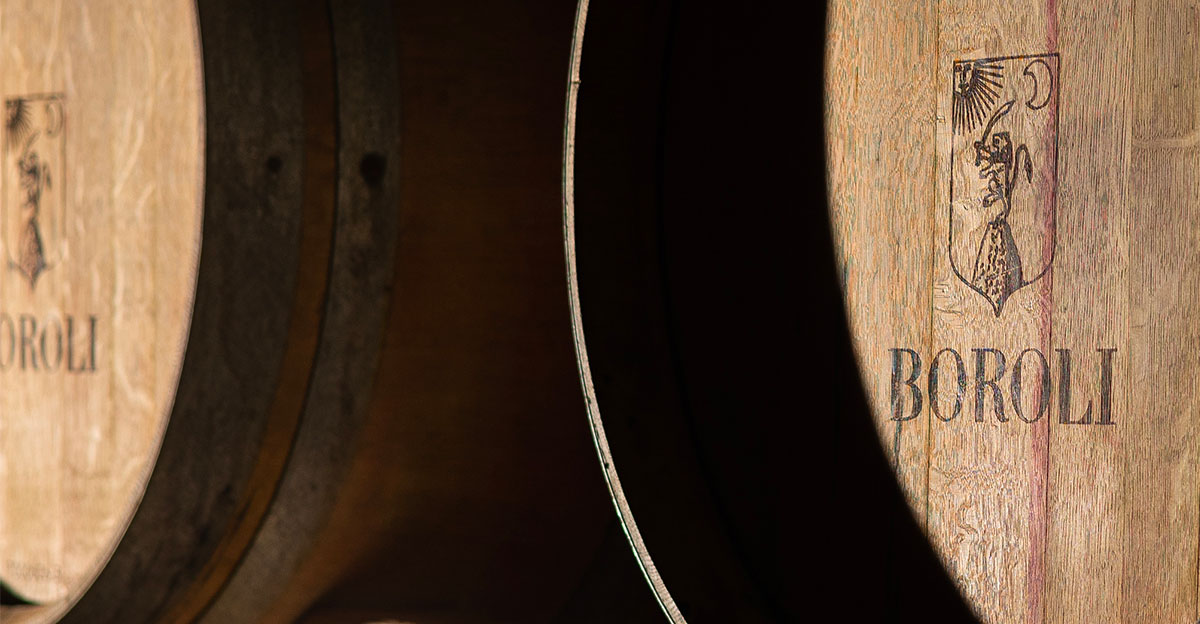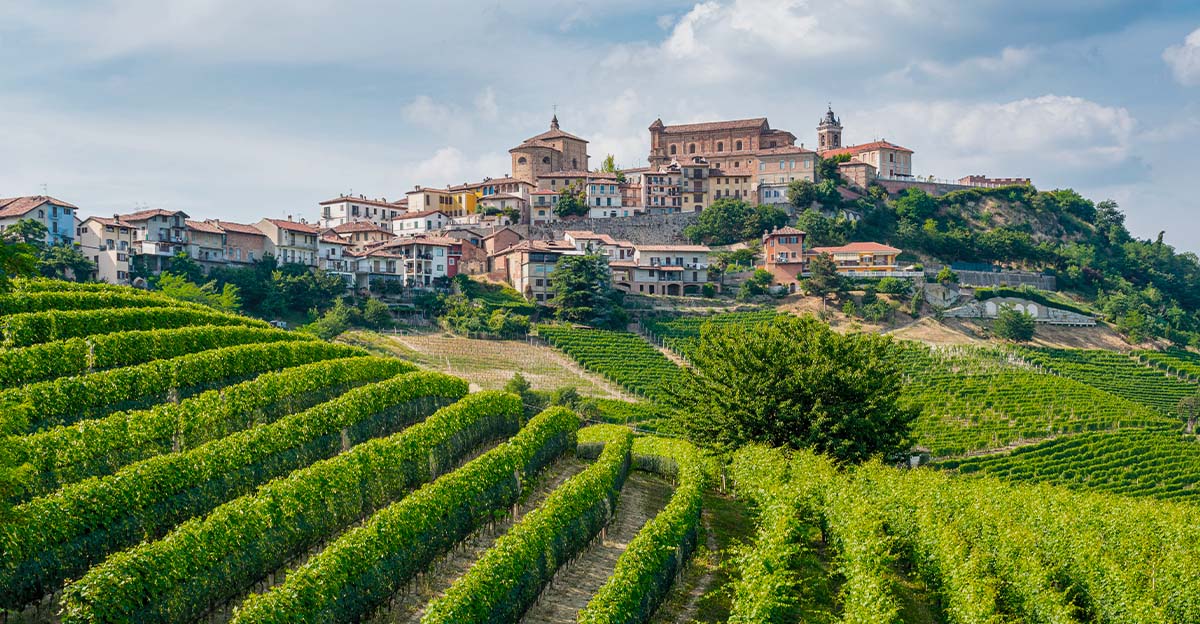In a glass of Italian wine – especially those with bold and structured characteristics, like a good Barolo – there is not only the magnificent result of winemaking; the most refined palates can taste something more, among the mineral and undergrowth notes: the distillate of Italian culture.
If wine is one of the products that best express their territory – the colors of the landscape, the density of the air, the skill of cultivation, and the tradition of the winery – choosing an Italian label means taking a sip of the iconic Italian lifestyle in its most authentic sensations. When we talk about Italian style, we talk about broad beauty. It’s a matter of good taste, in the fashion sector (think of the visionary names that have brought Italian fashion to the catwalks and wardrobes around the world) and in the food sector, the Mediterranean cuisine and the regional treasures that reveal the unique flavor of the Bel Paese in every bite. It’s not just about prestigious excellences but a true way of living: the Italian dolce vita. This is also one of the reasons why Italy is famous worldwide. Along with great dishes, great wines, great historical, artistic, and cultural monuments, there is a different idea of time: a slowness that becomes carefreeness, relaxation, freedom, slow tasting of flavors and moments. In this article, we dive in the heart of all this.
The Ingredients of Italian Culture: The 3 Fundamental Characteristics
If we were asked what are the typical elements of Italian culture, we would most likely find ourselves declining these three basic values in all aspects of everyday life.
First, conviviality. Think of the large tables set with care, whether it is a kitchen for Sunday lunch or the ceremonial hall at a wedding. And then outings, excursions, family and friends’ travels. Italians are warm, welcoming, hospitable; it’s often said they are also noisy, expansive, and communicative, always ready to party. As an alcohol advertisement from 2020 says: “Italians, you are too much. And that’s why we love you.” And then, for more restrained socializing, there is also the magnificent custom of the “courtesy visit”: with the promise of not staying too long and the intention of staying a little longer. In any form of aggregation, Italian culture is a sense of belonging, family, group – it’s a desire to be together.
To explain what are the common values in Italy, there is one response that prevails above all: beauty. Think of the marvelous landscapes that span from north to south, between poetic cliffs, majestic peaks, and picturesque bays. Inspiration for poets and painters, home to unique wines in the world – one of the prides of Made in Italy. Among these, Barolo is one of the great protagonists of Italian wine culture. It’s a strong and structured wine, born among the soft hills of the Langhe and that fully tells the Italian culture: the gestures, the mastery, the history, the exercise of beauty.
Then think of the architectural beauties, from the Duomo of Milan to the Colosseum, from the Mole Antonelliana to the Leaning Tower of Pisa; and then the masterpieces kept in the Uffizi Gallery and in the Vatican Museums and in the hundreds of residences and historical sites scattered throughout the peninsula. The backdrop of the Grande Bellezza.
In this territory – geographical and social – unique in the world, there is a lowest common multiple, the fundamental characteristic of Italian style: the culture of pleasure. Perhaps it is the most difficult aspect to explain, but it is the one that is perceived with the most intensity. The slow pleasure that sipping a cup of coffee can offer, admiring a sunset over the sea, not to mention the sensations that tasting a good red wine in a Langhe winery can give. The pleasure of good food made with love, the pleasure of dolce far niente, the pleasure of the small daily pleasures that define the Italian way of life.






